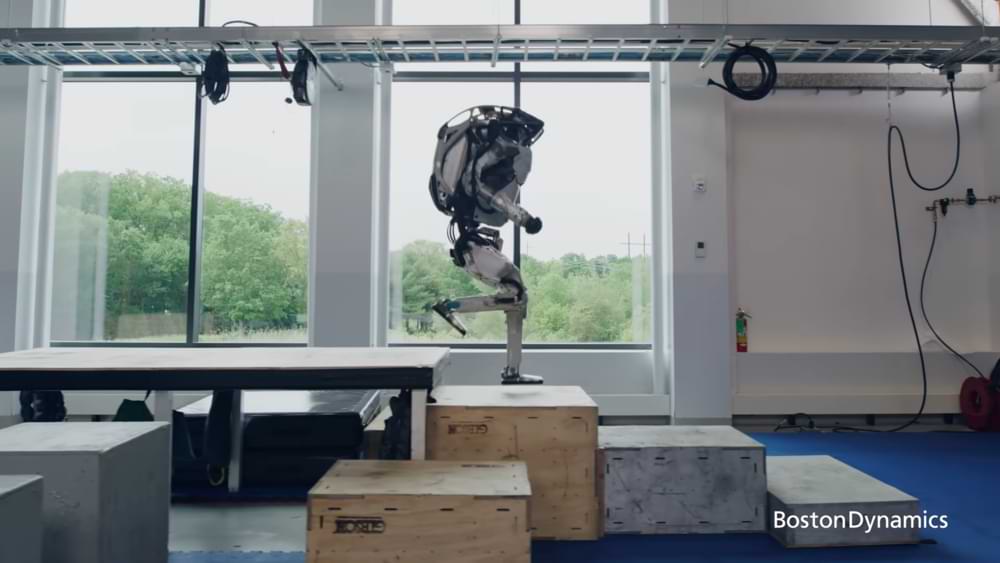Science
Coronavirus: Disease Could Be More Dangerous In Men Than In Women, According To Data

The coronavirus (COVID-19) has had a higher rate of deaths of men than women, according to data collected in affected countries.
So far, 271,056 have been infected, and 11,300 deaths now are the main focus.
Italy and China are the countries with the highest number of deaths, most of them belonging to the male gender.
Coronaviruses and deaths by gender
According to data collected in Italy, infections in men represent 60% (24,600), and more than 9% (2,348) have died.
In the European country, 41,000 infections have already been registered, with around 3,400 deaths.
The case of China, where the virus originated, is not so different. In that country, more than 80,000 infections occurred.
According to data released by the China Center for Disease Control, most of the deceased are men.
The figures showed that 64% were men, while only 36% were women.
Men and women
According to scientists, this situation could be generated due to a series of determining factors.
Among these are that men could be more vulnerable to COVID-19 due to a worse immune response.
Generally, women have a better immune response to respiratory diseases, which are related to the coronavirus.
What’s more, during the SARS outbreak in 2003, more infections occurred in men than women, also causing more deaths.
Back then, researchers at the University of Iowa conducted studies on mice to see their behavior.
In the results, it was possible to see that the males were more susceptible than the females, affirming that the presence of estrogen can make a difference.
On the other hand, in the most affected countries, men tend to be more smokers and drinkers.
Similarly, cardiac and respiratory pathologies are more common in men, and these can be complicated for coronavirus cases.
Science
Starship SN20 can make an orbital flight in a few weeks. SpaceX is preparing corrections

Starship SN20 is a spacecraft that SpaceX has been preparing for a long time. The machine is now assembled and in Boca Chica, it is accompanied by the first stage called Super Heavy.
It is he who will enable orbital flight. When can it be expected? Here the secret was revealed by the founder of the company, Elon Musk.
According to the information provided by Elon Musk in the pages of Twitter, SpaceX will want to conduct an orbital flight of the Starship S20 in the next few weeks.
He claims that everything is basically ready and now the company only expects approval from the relevant authorities. Only then will it be possible to implement such a mission.

SpaceX may make changes to the Starship SN20 ship
While the latest prototype is basically ready for launch, there may still be some modifications. Elon Musk has revealed that SpaceX wants to remodel the wings.
They will be made smaller and look slightly different as well. This is to allow, among others on the reduction of elements related to thermal shields. However, these modifications may not appear until later versions.
Science
When Boston Dynamics’ Atlas Robot Performs Parkour Actions Like a Human

Boston Dynamics now has some amazing robots like Spot which are currently on sale in the market even though the price is quite expensive.
But not only Spot, but Boston Dynamics now also has several other types of robots that come with their respective abilities, and recently they have demonstrated the capabilities of one of their newest robots, Atlas.
Through a short video uploaded to YouTube, Boston Dynamics shows how the ability of its Atlas robot can perform various parkour actions smoothly.
Because Atlas itself has legs and arms like humans, the robot can also do things like jumping, running, and doing backflips.
Boston Dynamics itself says that parkour is one of the most perfect ways to experiment with Atlas and in the video, it can be seen that this robot can maintain its own body balance when doing activities that are quite difficult.
Surely the presence of this Atlas can help many things in the future. We’ll see when Boston Dynamics will also sell the robot along with Atlas, which is now widely used for various purposes.
Science
Jeff Bezos’ Blue Origin Company Criticizes SpaceX’s Going To The Moon

Some time ago the space companies SpaceX and Blue Origin fought to seize funding from NASA to bring astronauts to the Moon. But the result of the fight was won by SpaceX.
Even though NASA had already decided to choose SpaceX as the company that would help it fly astronauts to the Moon, it was found that Blue Origin did not accept it.
Previously, the company created by Jeff Bezos had made an offer to NASA so that the funds provided could be less than what had been promised, now it has released an infographic that compares its rocket with SpaceX.
Through its official website, Blue Origin said that SpaceX’s Starship rocket has a system that is too complicated and also risky for astronauts who will fly to the Moon later.

Blue Origin also compared SpaceX’s Starship rocket with its rocket which is considered much safer.
It was stated that SpaceX needed 10 trials to land the Starship on the Moon, while the Blue Origin rocket was claimed to only need 3 trials to land on the Moon.
In addition, the size of SpaceX’s Starship rocket is said to be too inconvenient, so astronauts will have to descend to the surface of the Moon in an elevator. While Blue Origin has a shorter rocket so astronauts can descend by using stairs only.
But after all, SpaceX already has a lot more experience in outer space. Because they have also worked with NASA to take astronauts to the ISS twice and everything was run successfully without any problems.
-

 Phones5 years ago
Phones5 years agoApple iPhone 11 (2019) – Release, Info, Leaks, Rumors
-
![Huawei's New Operating System is HarmonyOS [ Officially ],harmony os,huawei new operating system, huawei harmony OS,](https://www.thedigitnews.com/wp-content/uploads/2019/08/Screenshot__2285_-removebg-preview-2-1-400x240.png)
![Huawei's New Operating System is HarmonyOS [ Officially ],harmony os,huawei new operating system, huawei harmony OS,](https://www.thedigitnews.com/wp-content/uploads/2019/08/Screenshot__2285_-removebg-preview-2-1-80x80.png) Phones5 years ago
Phones5 years agoHuawei New Operating System is HarmonyOS [ Officially ]
-

 News5 years ago
News5 years agoBelle Delphine bath water – Instagram Model Sells Used Bathwater For 30$ To Their Loyal Followers
-

 Tech5 years ago
Tech5 years agoLevi’s Bluetooth Jacket Lets You Control Your Smartphone





















